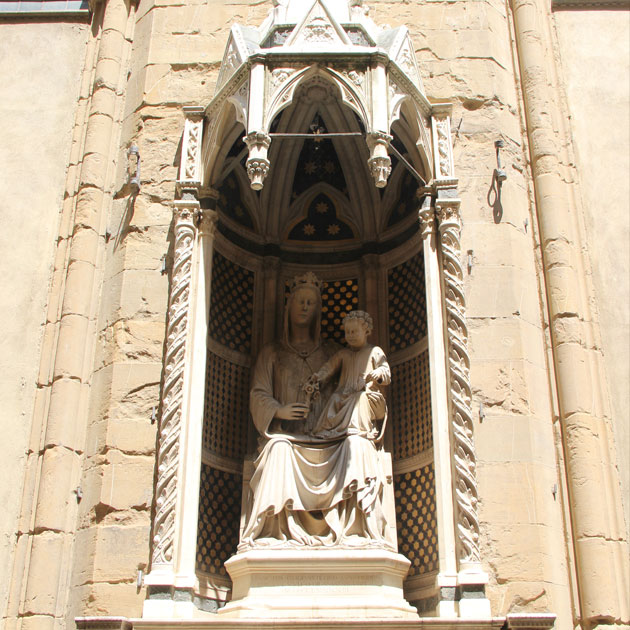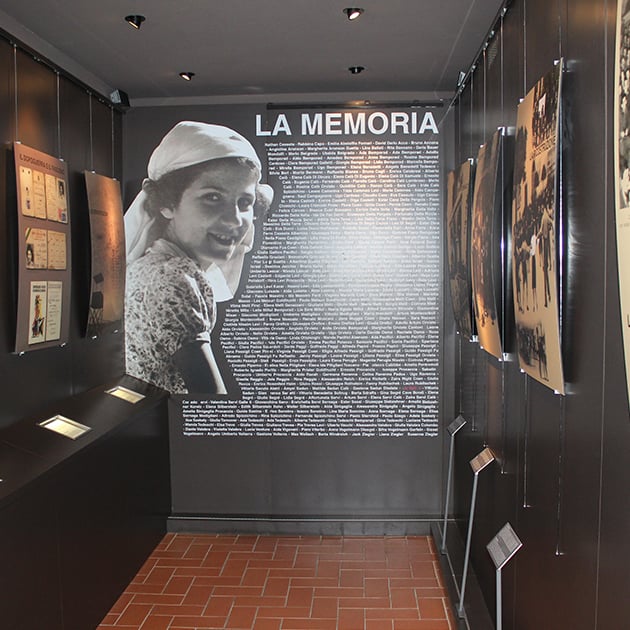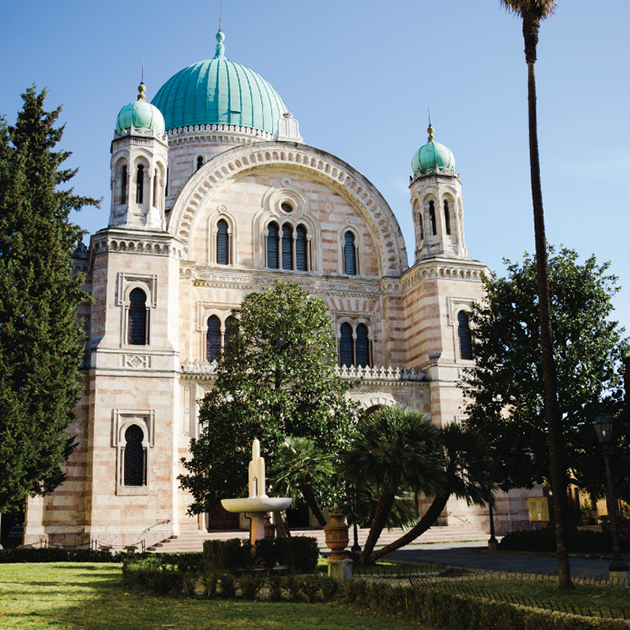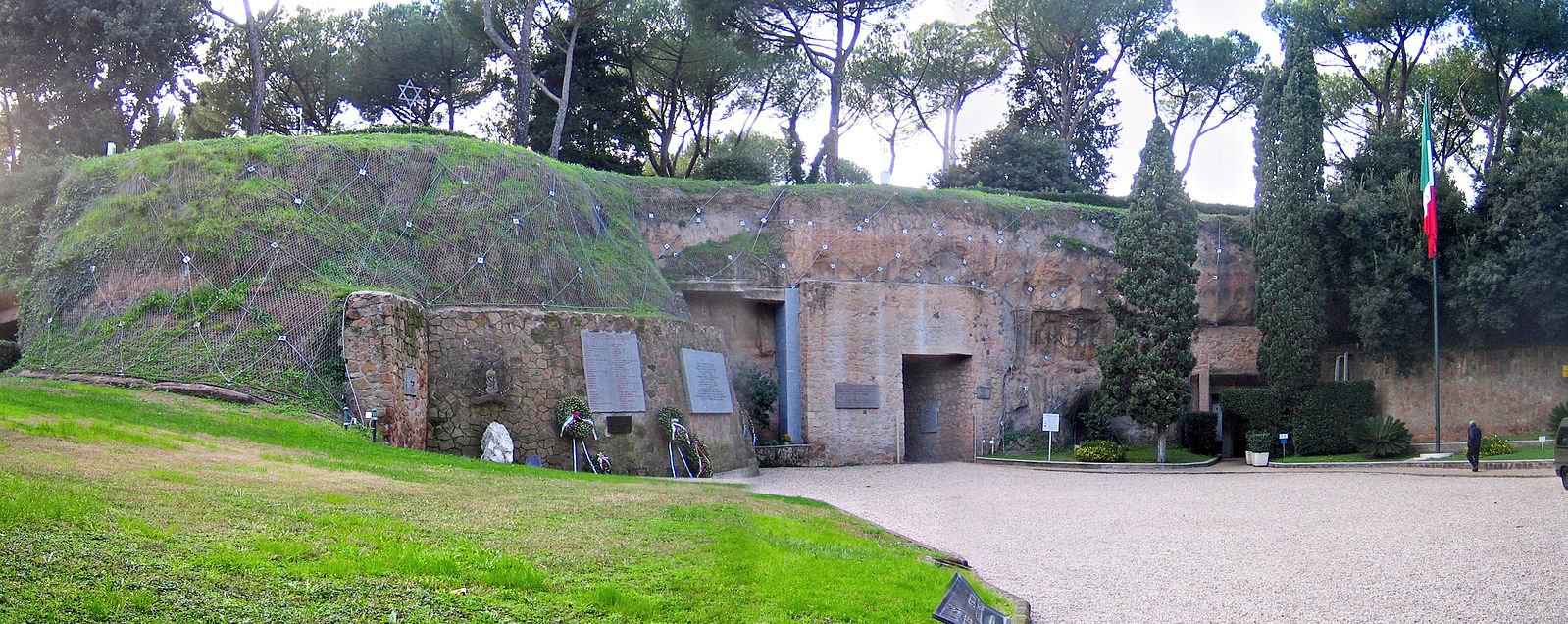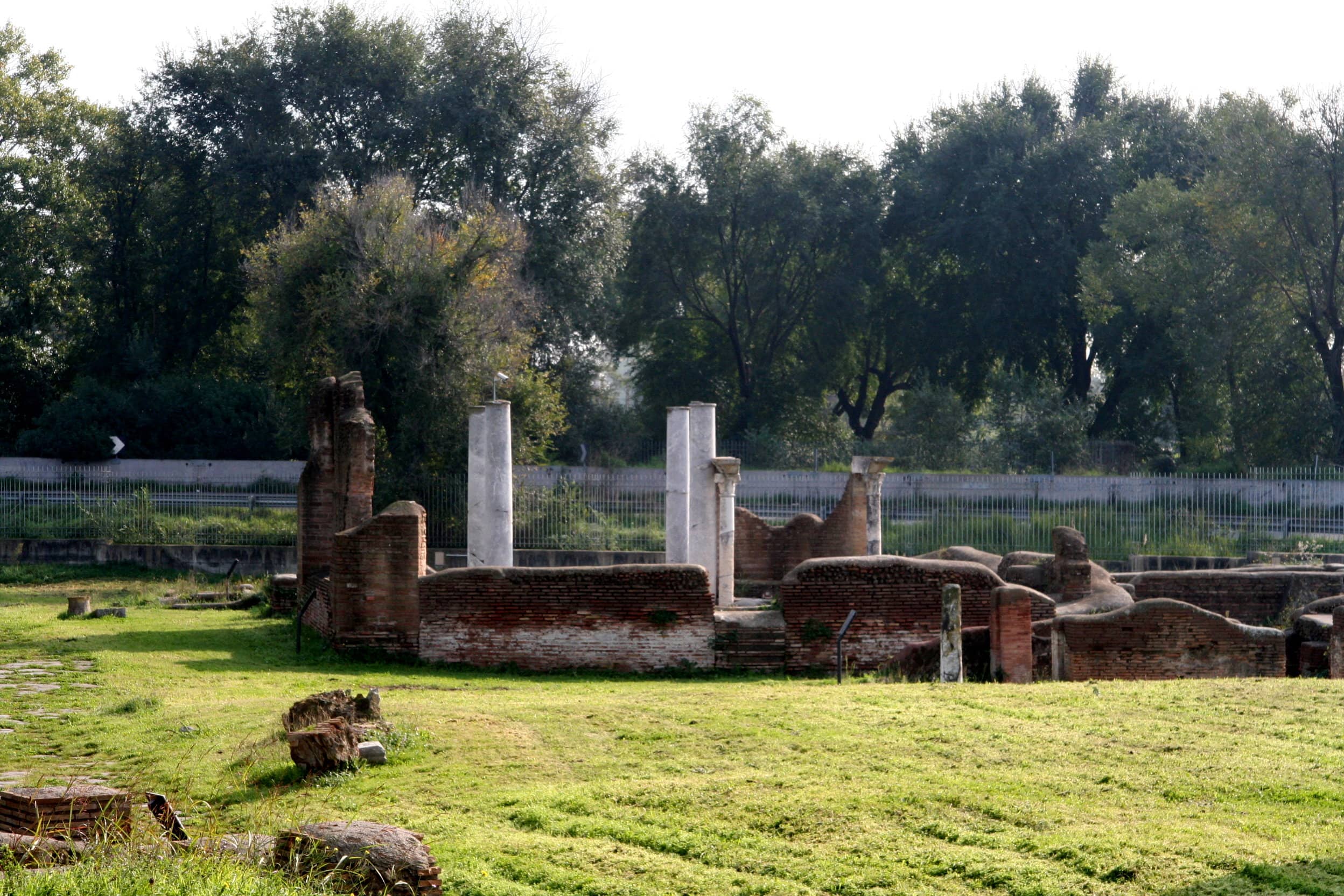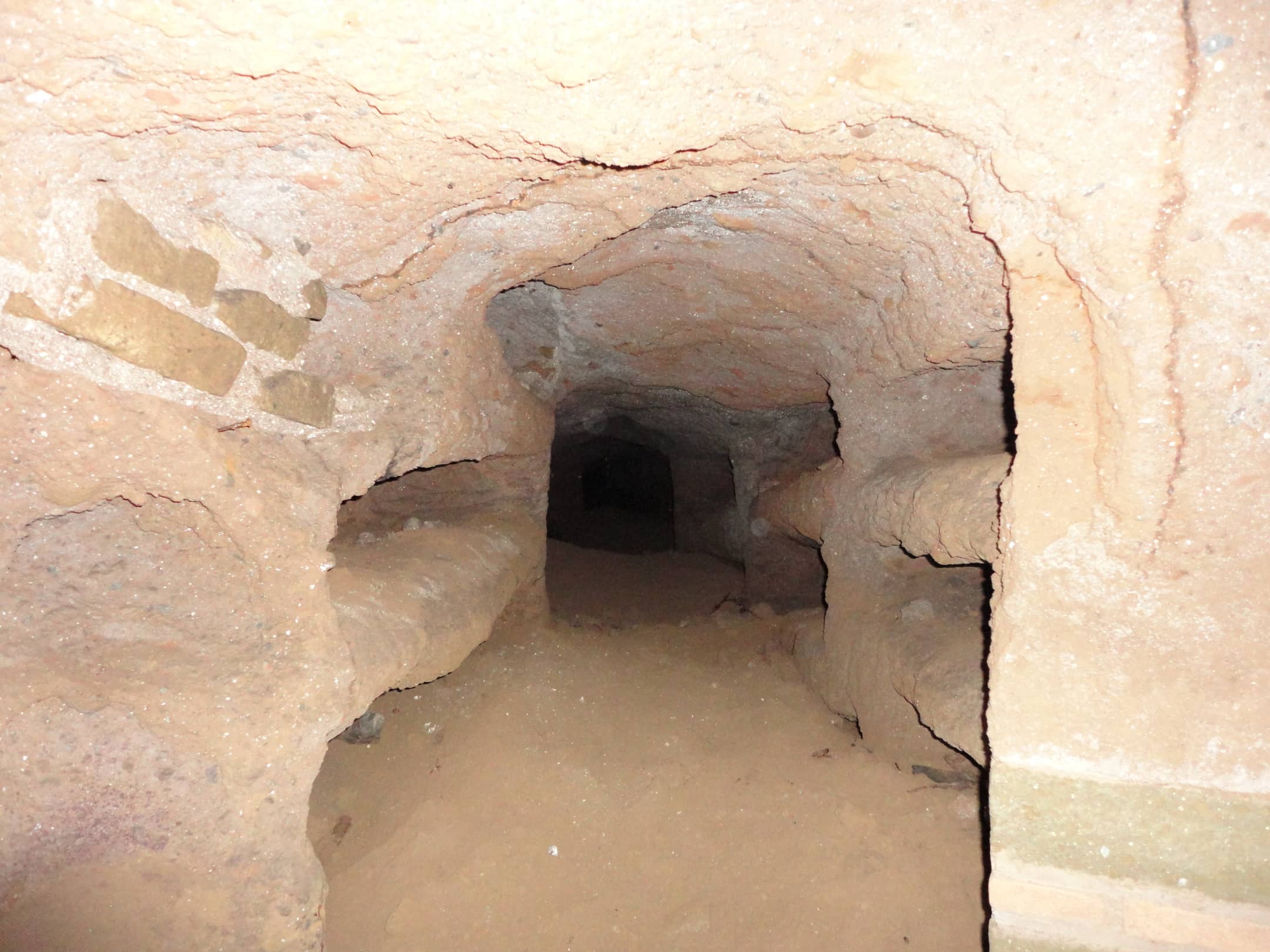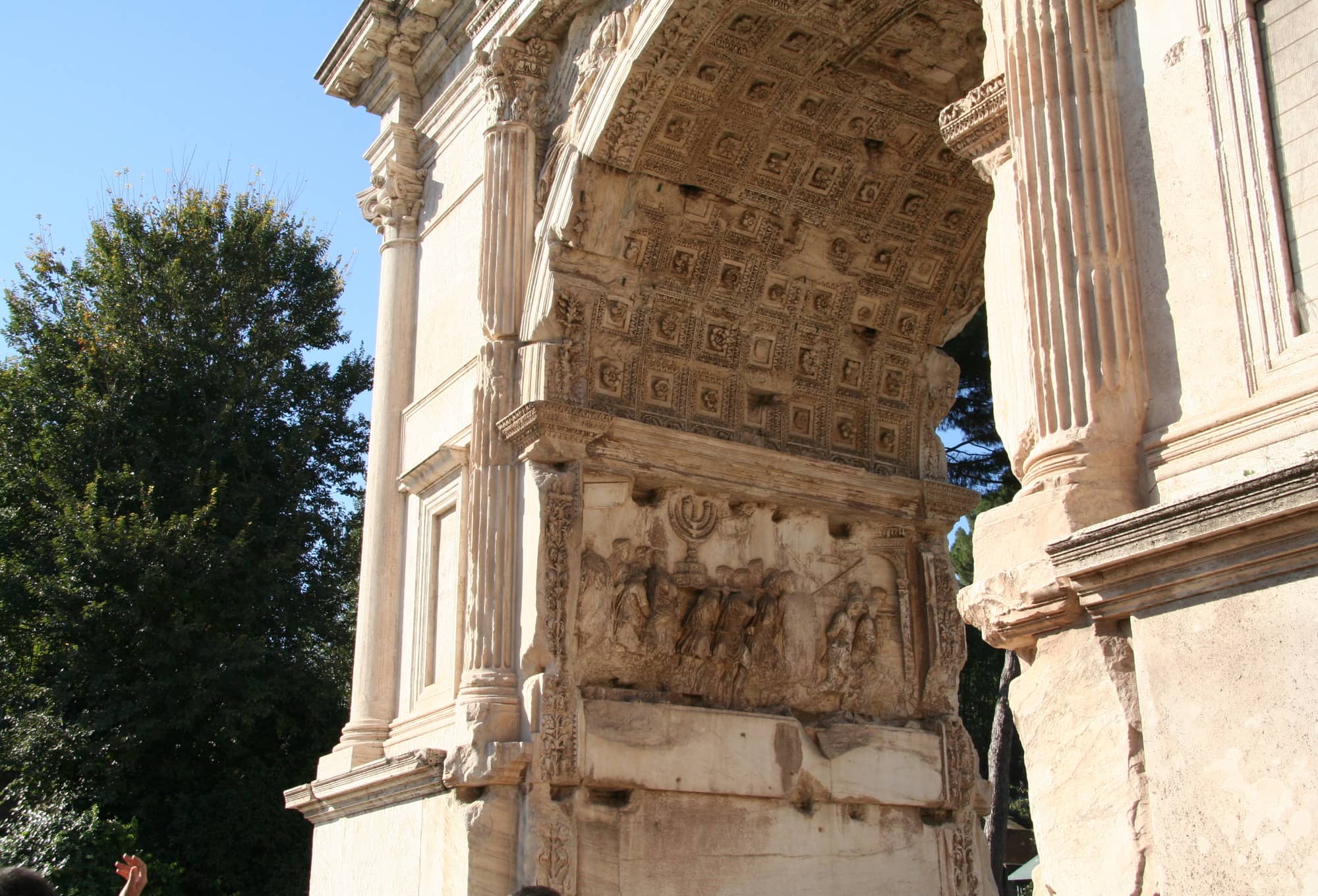“A corner of the city that’s hidden and unfamiliar even to most Florentines themselves”: such is the Jewish Monumental Cemetery, which opened in 1777 outside the gate of San Frediano and remained in use until 1870. A tall perimeter wall acts as a jealous guardian to protect, like a precious chest, a major cultural treasure. It is made up of funerary chapels and monuments, such as Cav. David Levi’s Egyptian pyramid-shaped tomb, which are timeworn yet worth visiting to discover this atmospheric place, which is emblematic of Jewish society. While there are none of the figurative works found in other Jewish cemeteries, some of the tombs are nothing short of sculptures, of considerable artistic value. Equally interesting are the funerary chapels in neo-Egyptian and neo-Renaissance style, such as that of the Franchetti family. The same styles are found in the oldest part of the Rifredi cemetery (13, Via di Caciolle), designed by Marco Treves (one of the three architects who designed the Tempio Monumentale) between 1881 and 1884. The recently-restored mortuary chapel takes the form of a central-plan temple in Renaissance style, with painted decorations on the inside. Jewish tradition does not allow for bodies to be exhumed, except in a few specific cases; generally more than one cemetery or “campaccio”, the term used to denote Jewish burial grounds, was found in each city. When the whole area had been covered by tombs, a new plot needed to be found, even though human and municipal circumstances often flouted this rule, requiring remains and tombstones to be moved elsewhere.
Archives: Directory listings
Directory listings
Tabernacle of the Virgin Mary
On the side of the Church of Orsanmichele, in the penultimate niche on Via de’ Lamberti, is the tabernacle of the Virgin. It is connected with an act of intolerance which took place in 1493, when a Jew was accused of having vandalized the face of the Virgin Mary, a 14th century work by Giovanni Tedesco, and was subsequently executed. The inscription on the sculpture’s plinth reads: “Hanc ferro effigiem petiit iudaeus et index / ipse sui vulgo dilaniatus obit / MCCCCLXXXXIII”.
The Oratories of Via delle Oche
When the ghetto was abandoned, and the construction of the monumental temple began in the distant Mattonaia neighbourhood, part of the Jewish Community decided to nevertheless continue living in the centre of Florence. Thus in 1882 two synagogues were opened in a building owned by the community at 5, Via delle Oche. One of them belonged to the confraternity Mattir Asurim (literally “the imprisoned set free”), which had existed since the time of the ghetto, with the mission of freeing Jews who had been imprisoned for their debts. The synagogues of Via delle Oche existed until 1962 when the building was sold, and the furnishings were transferred to Israel. A decorative star motif – which belonged to the Mattir Asurim oratory and, before that, to an oratory in the old ghetto – is still visible in the floor of the oratory inside the Tempio Maggiore.
The Jewish Museum
The Jewish Museum set up on two floors inside the Synagogue completes and enriches the visit to the monumental Synagogue. It’s an amazing collection of ancient objects of Jewish Ceremonial Art, examples of the high artistic value of the Jewish Italian culture in the field of applied arts. The museum tour retraces the history of the Jews of Florence from the first settlements to the post-war reconstruction with the help of photographic panels, videos and documentary sources.
On the first floor of the museum you will find an extraordinary exhibition from the 1981, “Friends of the Jewish Museum of Florence” which offers an historic overview of the Jewish community in Florence. Thanks to a photographic collection of documents, you will discover the history of the old ghetto and its relationship with the rest of the city.
The second-floor is dedicated to the objects and the furnishings related to the most significant events in the Jewish life, family rituals and religious festivities. One room is in memory of the Holocaust and equipped for film projections. The public can access a computer area which is linked up with the main Jewish museums and centres around the world. The second floor of the museum has limited wheelchair access: upon exiting the lift, there is a slightly sloped platform, and two flights of steps (5 and 8 steps respectively) which can be used with a chairlift (which must be operated by a companion).
The Synagogue of Florence
The Synagogue of Florence is a great monumental building, a place of worship and integral part of the history of the city. The Synagogue was inaugurated in 1882, after the emancipation of Italian Jews and decentralized from the area of the old Jewish Ghetto which was demolished in the last decade of the 19th century. In the period in which Florence became the Capital City of the Kingdom of Italy, between 1865 and 1870, the Synagogue became a symbol of the acquired freedom characterized by its green copper dome and its façade. Inside you will feel a very impressive atmosphere typical of the oriental taste of the European monumental synagogues built in the late 19th century. Thanks to its monumental architecture, the Synagogue stands out and affirms the integration of the community within civil society, and the achievement of equal rights.
Verano Monumental Cemetery
The Verano Cemetery was established during the Napoleonic rule (1808-1814), and has a Jewish section since 1895. The entrance on Via Tiburtina joins the avenue that leads to the burial chapel (tempietto). On 16 October 1952, a stone monument commemorating Roman deportees by architect Angelo Di Castro was placed in front of it. On the back the Memorial to the Jews who died in Libya, by Eddy Levy and Massimiliano Beltrame, unveiled in 1977.
Numerous funerary monuments are noteworthy. They illustrate the changing social condition of the local Jews and are a key to the understanding of the prestige attained by various families. A world away from the more modest, austere graves of Jewish tradition, the Jewish cemetery is filled with decorations and figures, some of an allegorical nature, some depicting the deceased themselves. In line with the design of the time, there are eclectic tombstones with historic and oriental touches; sometimes one can make out references to the architecture of the new synagogues, such as in the Campos family chapel, designed by 1909 by Marcello Piacentini with clear references to the Tempio Maggiore.
Fosse Ardeatine Memorial
The place is associated with the years under Nazi occupation, and commemorates the massacre by the SS as retaliation for the Partisan attack in Via Rasella when thirty-two German soldiers were killed. On the evening of March the 24th, 1944, three hundred and thirty-five people were rounded up from the city’s prisons – among them, seventy-five Jews – and taken to Via Ardeatina, where they were slaughtered. The underground passages were then blown up to conceal traces of the massacre and the bodies were retrieved only after the war.
In the large area at the centre of the quarry stands the sculpture I Martiri (“The Martyrs”) by Francesco Coccia, made to commemorate the victims, represented by the figures of an artisan, an intellectual and a teenager, bound by the wrists (1950). An opening in the quarry wall leads to the route around the tunnels, and then to the Memorial built in 1949: it is a large tombstone, a vast cement slab held up by six pillars which covers the graves, all identical and in rows.
Image attribution: antmoose, CC BY 2.0
Ostia Antica Synagogue
The ruins of the Ostia synagogue, discovered in 1961, are a crucial piece of evidence, telling us as much about the Jewish presence in the region as they do about the most ancient Jewish diaspora organisation. The primitive section dates from the 1st century, when the port built by Emperor Claudius turned the city into a multi-ethnic trading centre. The building had many rooms, and was later renovated and enlarged, particularly in the 3rd and 4th centuries. The sanctuary was accessed through a vestibule with three entrances and an intermediate passageway with tall Corinthian columns. The tevah is thought to have been on the slightly curved wall at the back of the room; on the opposite side you can still see the 4th century apse which made up the Aron, framed by an aedicule originally with trabeated columns. Decorative bas-reliefs with traditional subjects are at the top of the projecting ledges are: the menorah, the shofar, and lulav.
Additional rooms in the space near the vestibule date from later transformations, including a kitchen with an oven and sunken compartments for provisions, and a large room with benches along the walls, perhaps used as guest quarters.
Catacombs of Vigna Randanini
The Vigna Randanini catacomb on the Via Appia is the only site currently open to visitors. The underground or hypogeal area is now accessed via a passageway which dates to the period between the 1st century B.C. and the 1st century A.D. The arcosolia (chambers with lowered vaulted ceilings) are thought to date from a later period, as is the black and white mosaic flooring.
Inside the catacomb loculi or tombs arranged along the walls, and kokhim, tombs that are perpendicular to the walls of the gallery, dug just beneath the floor, typical of the Middle East. Those at Vigna Randanini are the only example of such tombs in the Roman Jewish catacombs.
Along the various galleries, other burial spaces are organized into cubicula (chambers for multiple burials). Richly frescoed, only some of them show symbols from the Hebrew tradition; indeed, some of them, decorated with motifs commonly found in other Roman catacombs, originate from a period prior to their use by the Jewish community (3rd – 4th centuries), and are thought to have been incorporated after they were no longer in use.
Arch of Titus
The majestic triumphal arch is dedicated to the Emperor Titus and was constructed in the years following his death in 81 CE. The monument celebrates his victory over Jerusalem in 70 CE. and the annexation of Judaea to the Roman Empire.
A depiction of the divinization of the emperor, shown flying upon an eagle can be seen at the centre of the coffered soffit. On either side of the archway are reliefs with scenes of his triumph. On one side they show the entrance of Titus, and his coronation, surrounded by allegorical figures; on the other, the procession going through the triumphal arch, carrying the spoils looted from the destroyed Temple: among them the menorah, the large seven-branched candlestick stands out.
Roman Jews would always refuse to walk under this archway. It was only after the birth of the State of Israel that they crossed it, but this time in the opposite direction to that of the triumphal procession.

